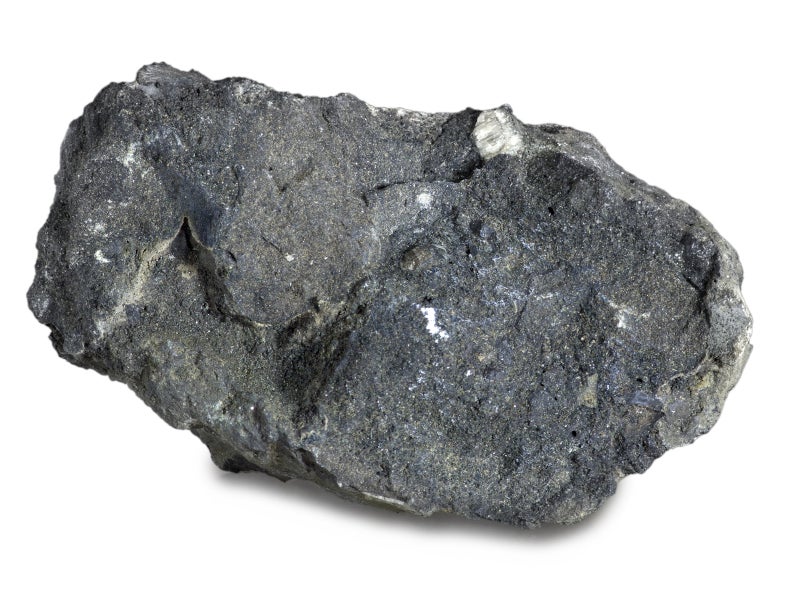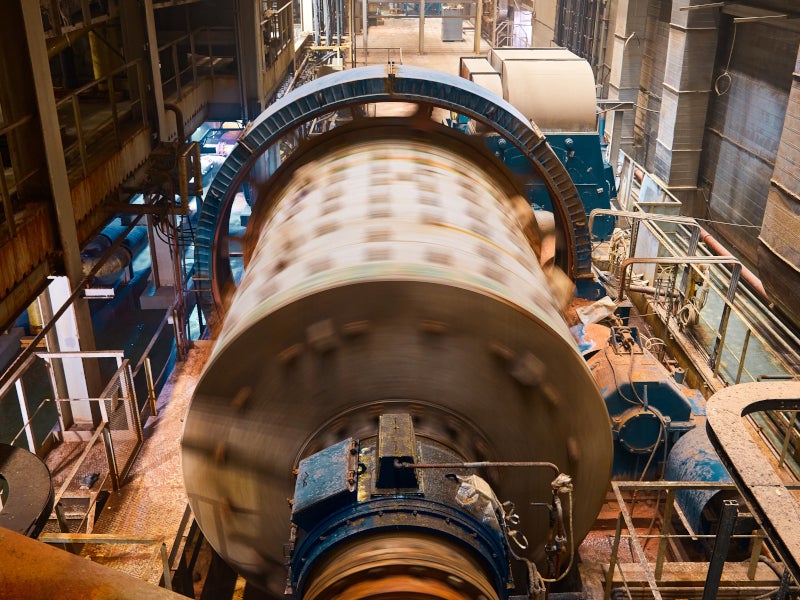The Farim Phosphate project is an open-pit mining development in Guinea-Bissau, West Africa.
Itafos, a Brazilian company specialising in the production and distribution of phosphate and fertilisers, holds 100% interest in the project.
The feasibility study (FS) for the project was completed in May 2023. The project is expected to have a mining life of 25 years with an estimated pre-production capital cost of approximately $308m.
On average, it is expected to produce 1.32 million tonnes (Mt) a year of phosphate concentrate per year.
The Farim Phosphate project location
The Farim Phosphate project is situated in the northern region of central Guinea-Bissau in West Africa. The site is located approximately 25km to the south of the Senegal border and 5km west of the town of Farim.
The project lies within mining lease 004/2009, which covers an area of approximately 30,625ha.
Geology and mineralisation
The Farim phosphate deposit is situated in the Middle Eocene Lutetian Formation in the southern edge of the Mauritania-Senegal-Guinea Cenozoic sedimentary basin. The deposit comprises a horizontally layered sedimentary phosphatic bed that extends across an expansive area exceeding 60km².
Mineralisation at Farim occurs as a high-grade decarbonised phosphate unit (FPA) and a low-grade calcareous phosphate member. The mean depth of the FPA is approximately 40m and the thickness is 3m.
Reserves
The proven reserves at the Farim phosphate project are estimated at 43.8Mt grading 30.0% phosphorus (P₂O5), 2.6% aluminium (Al₂O3), 41.1% calcium (CaO), 4.8% iron (Fe₂O3) and 10.6% silicon (SiO₂) as of September 2023.
Mining method
The Farim phosphate project matrix will be developed as an open-pit mine with free-dig and haul-back mine using excavators and trucks with an average strip ratio of ten bank cubic metres per tonne of run-of-mine (ROM) phosphate matrix.
The overburden ore will then be stripped and removed in a series of 10m benches using 12m³ front-end loaders paired with 97t capacity haul trucks. The matrix will be mined with 5m³ bucket class backhoes and 36t trucks and transported to a 175,000t ROM stockpile near the process plant.
Two pits will be developed, one in the north and the other to the south of the deposit. Mining operations will commence on the northern edge of the South pit. Mining will continue down the central portion of the pit and advance southward while avoiding the east and west high walls as long as possible.
The South pit is estimated to be mined out by year seven, while the North pit will be pre-stripped during the final years of the South pit to allow for immediate ore production. Mining operations will continue in the North pit from year eight through the remainder of the mine life.
Ore processing
The ROM will undergo scrubbing, screening and cleaning, followed by two vertical-current hydrosizers for ore classification and a cyclone cluster circuit.
The cyclone underflow at 45% w/w (weight by weight) will be transferred to the fine concentrate thickener. The slurry will be mixed with flocculant, thickened to 40% w/w and pumped into the fine concentrate filter feed tank. The concentrate filtration process will process fine concentrate from the fine concentrate thickener and coarse concentrate from the hydrosizer underflow.
The fine concentrate will be pumped to a vertical plate and frame fine concentrate pressure filter to produce a filter cake product with a 25% w/w moisture content. The hydrosizer underflow will be transferred to two vertical plate and frame coarse concentrate pressure filters operating in parallel to achieve a target product moisture of 11% w/w.
The fine and coarse concentrate products will be transported by a conveyor to a filtered concentrate stockpile. The concentrates will be transported approximately 75km to a mineral terminal facility at Ponta Chugue, where it will be dried to a suitable moisture content for transport and ship loading.
Site infrastructure
The site is accessible via a 120km paved highway northeast of Bissau to a ferry point, which provides access to the town of Farim, located on the north bank of the river Cacheu. A 5km unpaved road from Farim town leads to the project site.
The mineral terminal at Ponta Chugue will serve for loading and shipping the dried concentrate. It will also receive diesel fuel into holding tanks for transport to Farim.
Power required for the project and the mineral terminal at Ponta Chugue will be supplied from an onsite hybrid power plant with solar and diesel power at each of the two sites.
A potable water supply will be sourced from local wells and fed through a reverse-osmosis unit.
An existing 150-person camp will accommodate the administration staff and upper management during the construction and operation of the process plant.
Contractors involved
The FS for the project was prepared by Ausenco Engineering Canada, supported by KEMWorks Technology, WSP/Golder, Knight Piésold, WF Baird & Associates and Kristal Font.
Lycopodium Minerals Canada was responsible for the process plant infrastructure, port facilities on land infrastructure and process plant and port facilities operating costs as part of the FS.
KEMWorks Technology was engaged for metallurgical test work and processing design.
WSP/Golder provided the open-pit mine plan, mine production schedule and mine capital and operating costs.
W.F. Baird & Associates provided the marine and mineral terminal loadout design, including the bulk material estimate and operating costs.
Knight Piésold was responsible for the tailings management facility design, geotechnical and hydrology design and environmental permitting and impact studies, including the bulk material estimate and operating costs.
Kristal Font was commissioned to compile the capital cost estimate, the operating cost estimate and the financial modelling for the project.






